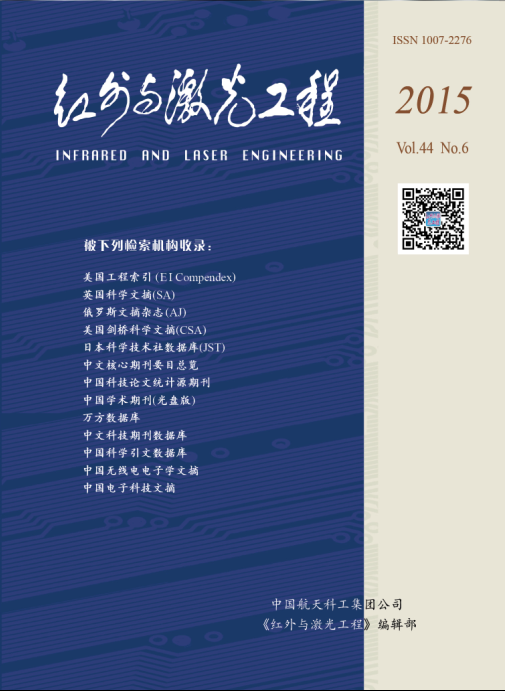红外与激光工程, 2015, 44 (6): 1859, 网络出版: 2016-01-26
基于遗传算法的光纤光栅交叉敏感解调研究
Application of the genetic algorithm in the demodulation of the FBG cross-sensitivity characteristics
摘要
光纤光栅在现代传感领域应用广泛,但交叉敏感特性严重制约了其发展。针对光纤光栅在传感领域应用中存在温度与应力交叉敏感的问题,提出了一种基于遗传算法的解调方案,建立了遗传算法的快速解调模型,经过数学分析得到遗传算法目标方程、适应度函数,系统讨论了参考光纤光栅与传感光栅的反射中心波长不同、反射峰值不同情况下的解调结果。数值研究结果表明,提出的基于遗传算法的解调方案可以有效地解调出参考光纤光栅与传感光栅参数不同情况下的温度与应变变化,有效地区分出温度与应力的影响,温度检测精度为0.1 ℃,应力检测精度为1.5 με。打破了传统参考光纤光栅法要求传感光栅与参考光栅一致的要求,降低了系统的组建难度。
Abstract
Fiber Bragg gratings (FBGs) have been widely used in the modern sensing field, but the cross-sensitivity characteristics between temperature and strain greatly confine its application in optical fiber sensing system. In this paper, a demodulation scheme was proposed based on genetic algorithm. A fast demodulation model of genetic algorithm was established. According to the mathematical analysis, the genetic algorithm fitness function and target equation were determined. With the proposed scheme, the demodulation results for different center wavelengths and peak reflections of the two FBGs were discussed. Numerical results demonstrate that the proposed demodulation scheme based on genetic algorithm can effectively demodulate the change of the temperature and strain separately without the requirement of two same fiber grating in the method of the traditional reference fiber grating. The accuracy of temperature and strain measurement are 0.1 ℃ and 1.5 με, respectively. This scheme can make the construction of fiber sensing system easier.
刘超明, 娄淑琴. 基于遗传算法的光纤光栅交叉敏感解调研究[J]. 红外与激光工程, 2015, 44(6): 1859. Liu Chaoming, Lou Shuqin. Application of the genetic algorithm in the demodulation of the FBG cross-sensitivity characteristics[J]. Infrared and Laser Engineering, 2015, 44(6): 1859.



